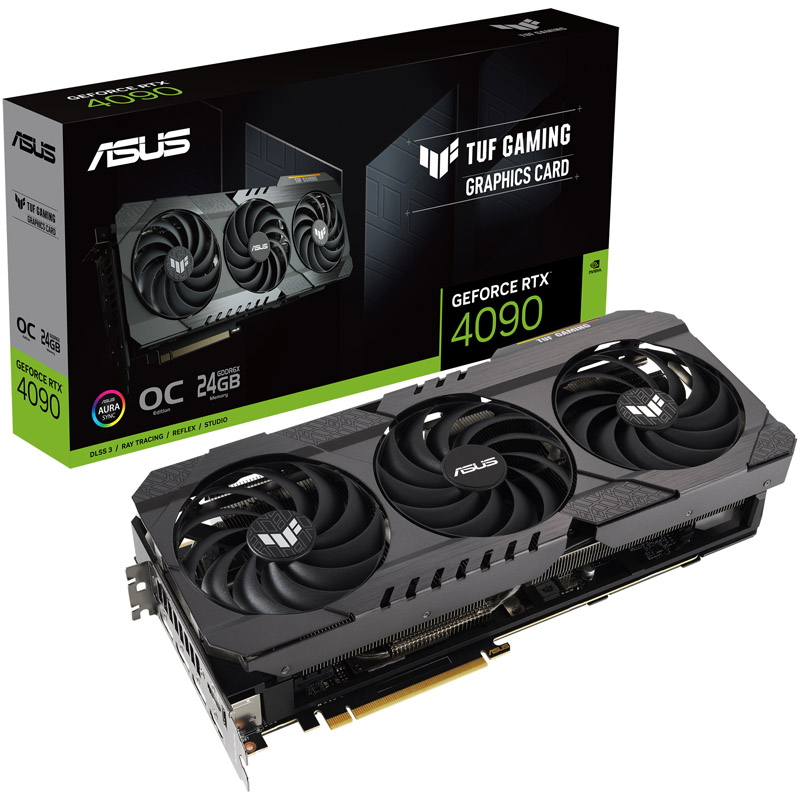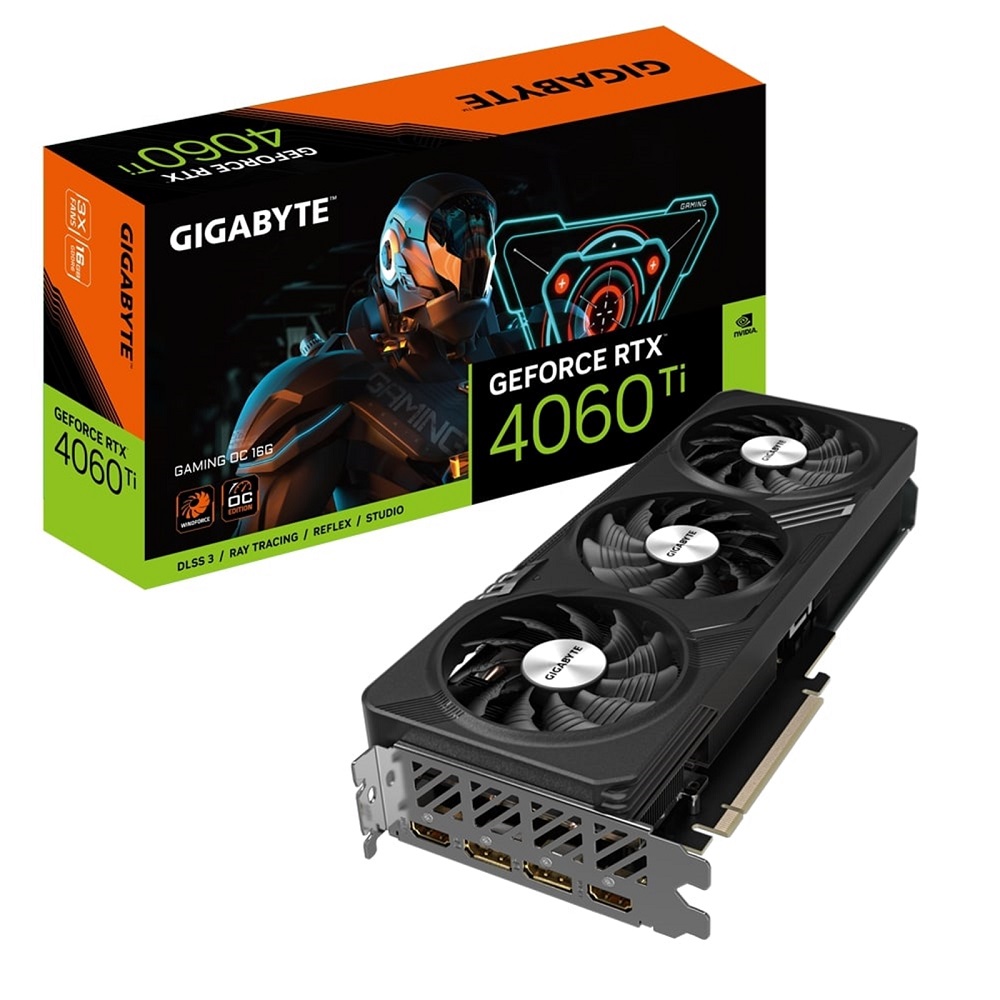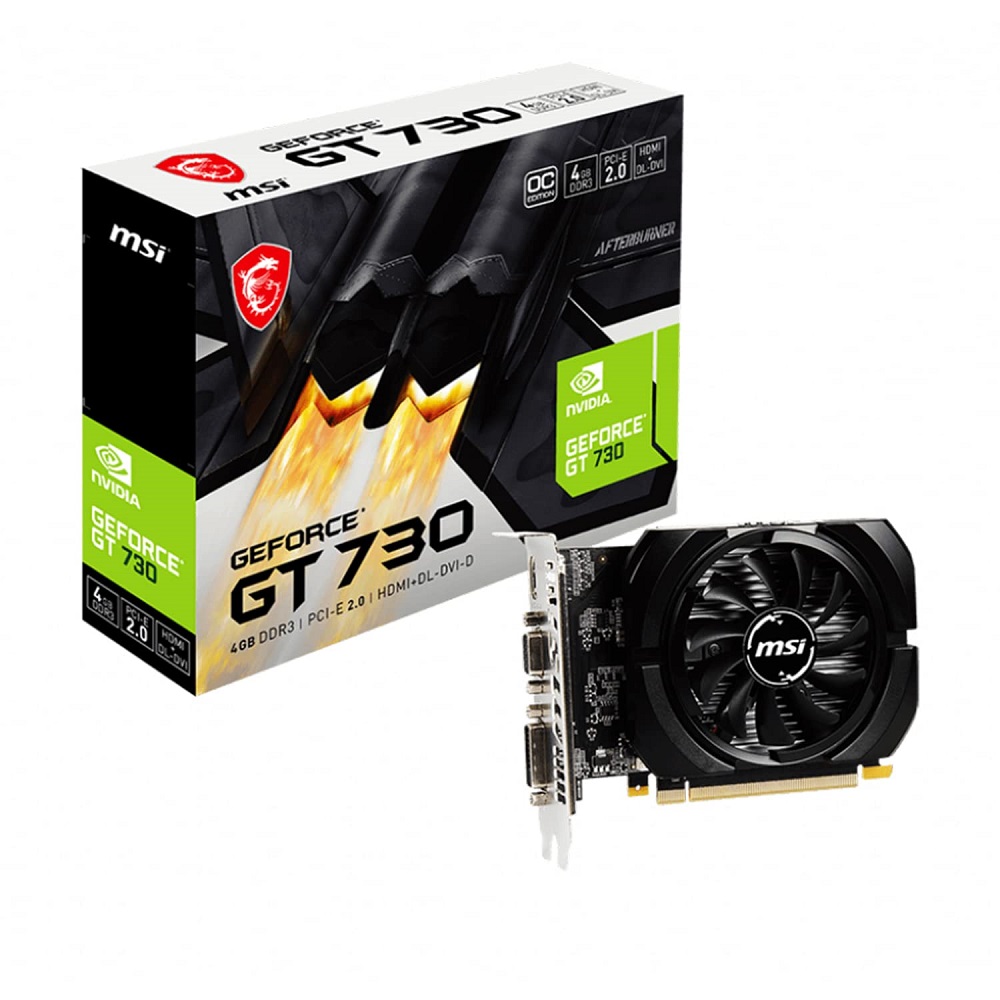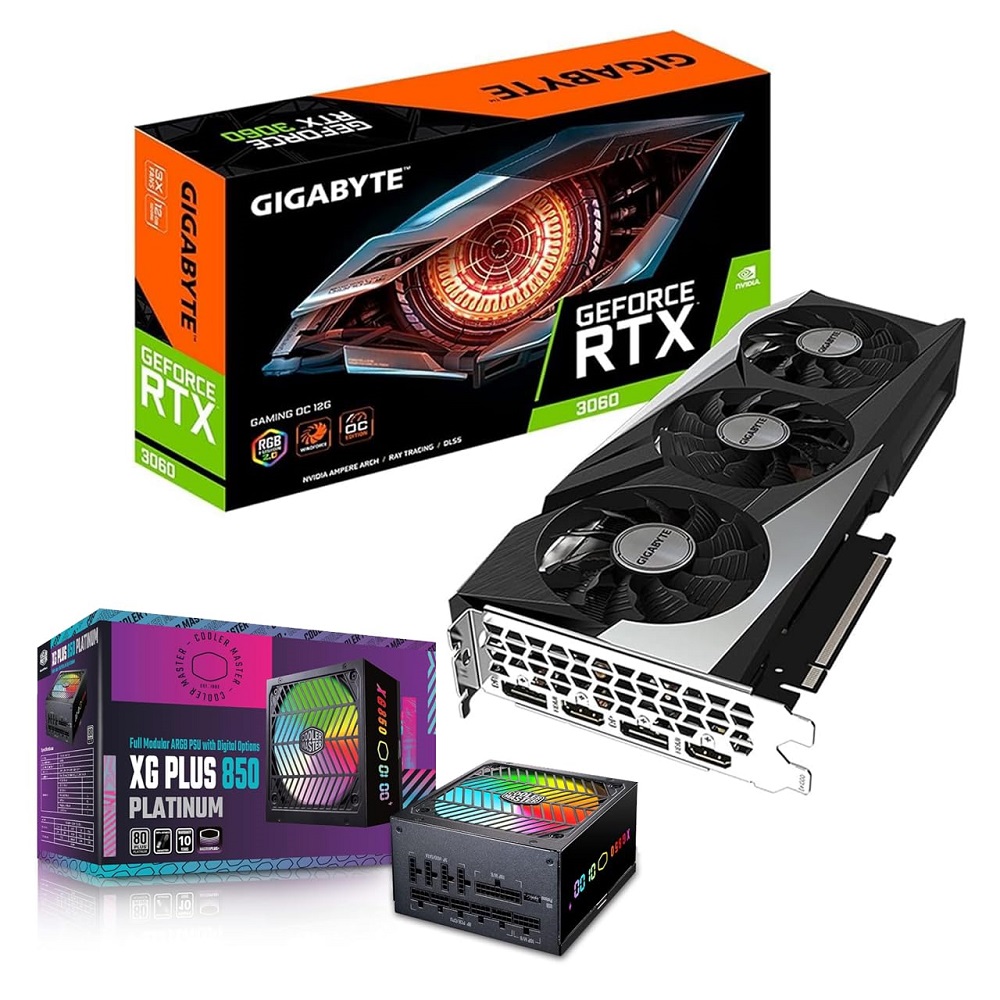Importance of Updating and Resetting Your Graphics Card
How to reset your graphics card? Keeping your graphics card updated and occasionally resetting it is crucial for a few reasons. Not only can updates enhance your gameplay by providing new features and performance improvements, but they can also fix existing bugs that may be causing issues. Similarly, resetting your graphics card can remedy glitches that arise from incorrect settings or continuous use.
Benefits of Updating Your Graphics Card
Updating your graphics card offers several advantages:
- Performance Enhancements: Enjoy smoother framerates and better graphics.
- New Features: Gain access to the latest features and compatibility improvements.
- Bug Fixes: Resolve existing flaws and software conflicts that impede performance.
- Optimized Compatibility: Ensure your card works well with new games and software.
- Security: Updates can also provide fixes for security vulnerabilities.
By staying on top of updates, you can ensure that your graphics card operates at its best without needing to invest in the best budget GPU 2023 has available.
When to Consider Resetting Your Graphics Card
You should consider resetting your graphics card in the following scenarios:
- Persistent Problems: When issues with display or performance do not improve after an update.
- Overclocking Side Effects: If you’ve overclocked your GPU and encountered instability or overheating.
- Incorrect Configuration: After changing settings and facing adverse effects on gameplay or functionality.
- System Changes: Following a significant system update or software installation that affects graphics performance.
Resetting can often provide a clean slate for your graphics card, resolving minor issues and ensuring that it operates as intended. Remember to save your custom settings before you reset, though, so you can restore them if necessary.

Step-by-Step Guide for Windows Users
Nailing down the process of updating or resetting your graphics card on Windows doesn’t have to be daunting. In this segment, we break it down into manageable steps to get your GPU back on track.
Finding the Correct Drivers for Your Graphics Card
To ensure your graphics card is up-to-date, you need the right driver. Start by identifying your GPU model. Check device manager or use diagnostic tools. Next, visit the official website of your GPU manufacturer. Look for ‘Drivers’ or ‘Support’ sections. Input your graphics card details. Download the latest driver for your model.
The Update Process for Nvidia, AMD, and Intel Graphics Cards
If you have a Nvidia, AMD, or Intel graphics card, the update method involves a few common steps. First, head to your respective manufacturer’s site. Here’s a quick breakdown:
- For Nvidia users: Find ‘Drivers’, select your GPU, download, and execute the installer.
- AMD enthusiasts: Navigate to ‘Support’, pick your card, and install the provided software.
- Intel loyalists: Go to the support page, locate your card, get the driver, and follow the prompts.
How to Reset Your Graphics Card to Default Settings
Resetting the graphics card reverts settings back to default. This can fix many issues. For both Nvidia and AMD users:
- Open your graphics card control panel.
- Locate the ‘Restore’ or ‘Default’ option.
- This is usually under ‘Manage 3D Settings’ for Nvidia or ‘Global Graphics’ for AMD.
- Apply the default settings.
For both updating and resetting, remember to restart your computer afterward. This ensures changes take effect. If you encounter any trouble, refer to FAQs or manufacturer support.

Instructions for macOS Users
macOS users have a different approach when it comes to managing their graphics cards.
Updating Graphics Drivers through System Update
For seamless gameplay on macOS, keeping your graphics card updated is essential. Here’s how to update it:
- Click the Apple logo at the top-left corner of your screen.
- Select ‘System Preferences’, then ‘Software Update’.
- If there’s an update, click ‘Update Now’ to install.
Apple includes GPU drivers in overall system updates, so you don’t have to download them separately. This makes updating less complex and more convenient.
Resetting the System Management Controller (SMC) for GPU Issues
If you face graphics-related problems, resetting the SMC might help. Here’s how to reset it:
- Shut down your Mac.
- For Macs with non-removable batteries, hold down ‘Shift+Control+Option’ and the power button for 10 seconds.
- Release all keys and the power button simultaneously.
- Switch your Mac back on.
This reset can resolve issues that are not fixed by updating the GPU drivers. Remember that direct GPU resets aren’t an option on macOS, but an SMC reset is the next best thing.
Common FAQs Addressed
Navigating the world of graphics card maintenance can raise several questions. Let’s tackle some common ones with straightforward answers.
Is resetting your graphics card safe?
Yes, resetting your graphics card is safe. It can fix minor glitches and optimize performance. Just remember to save any personalized settings first. This way, you can easily restore them later if needed.
How to perform a graphics card reset on Windows 10
To reset your graphics card in Windows 10, follow these simple steps:
- Open the control panel for your card; Nvidia users go to ‘Manage 3D Settings’, and AMD users to ‘Global Graphics’.
- Look for the ‘Restore’ or ‘Default’ option.
- Click it to revert to the default settings.
Will resetting my PC fix GPU problems?
Resetting your PC is a broad measure and may fix GPU problems. However, it’s better to try updating or resetting your graphics card first. This avoids the hassle of reinstalling all your programs.
What can cause damage to a graphics card?
Several things can harm your graphics card:
- Overheating from intense gaming or poor cooling.
- Overclocking without the right safeguards in place.
- Physical damage like spills or drops.
Care for your GPU to prevent these issues and prolong its life.
By answering these FAQs, we hope you feel more confident in handling your graphics card’s maintenance and are able to extend its lifespan without resorting to purchasing the best budget GPU 2023 offers.

Troubleshooting Tips
Experiencing issues with your graphics card can be frustrating. Let’s go over some troubleshooting tips that can help you pinpoint and solve common problems.
Identifying and Resolving Common Graphics Card Issues
- Check Connections: Make sure all cables are securely connected.
- Monitor Temperatures: High temps can cause problems. Use a monitoring tool to check.
- Update Drivers: Outdated drivers can lead to glitches. Always use the latest version.
- Adjust Settings: Change game and graphics settings to see if issues persist.
- Check for Hardware Damage: Look over your GPU for any physical signs of damage.
- Test with Another PC: If possible, try your GPU on a different computer to isolate the issue.
By following these steps, you can often solve problems without needing a reset.
Preventive Measures to Protect Your Graphics Card
- Regular Cleaning: Dust buildup can affect performance. Clean your GPU periodically.
- Adequate Cooling: Ensure your PC has good airflow and cooling solutions.
- Avoid Overclocking: Pushing your GPU too hard can lead to failure. Be cautious with overclocking.
- Power Surge Protection: Use a surge protector to guard against electrical damage.
- Use Proper Handling: Be gentle when installing or removing your GPU.
Taking these preventive measures can help maintain your graphics card, reducing the need to reset or update it frequently. This way, you stay ahead of problems and ensure your GPU works great for years.
Conclusion: Why Resetting Your GPU Makes Sense
Resetting your graphics card is not just a quick fix. It’s a wise decision for several reasons. Performing a reset can bring back your GPU’s best performance and extend its life. Let’s break down why this matters.
Saving Money on Upgrades by Maintaining Your Current Graphics Card
Investing in new tech gear can be expensive. With the right care, you don’t always need to buy the latest GPU. Here’s how resetting helps:
- Cost-effective: It can save you money that you’d spend on a new card.
- Longevity: Proper maintenance ensures your card works well, longer.
- Value: Get the most out of your current GPU before upgrading.
By resetting and updating as needed, you can delay the need for a new purchase. This is great for gamers on a budget or anyone wanting to be cost-savvy.
Ensuring Optimal Performance for Seamless Gameplay
A well-maintained GPU guarantees better gaming. Here’s what resetting does for performance:
- Fixes Glitches: It resolves small errors that affect your gaming experience.
- Improves Speed: A reset can often improve frame rates and graphics.
- Stability: It restores stability to your system, preventing crashes.
Resetting your graphics card is like a fresh start. It ensures your games run smoothly and keeps frustrations at bay. Remember the tips in this guide on how to reset your graphics card. They can make a real difference in your computer’s performance.
Maintaining your GPU, through updates and resets, can lead to big savings and top-notch performance. So, before you aim for the ‘best budget GPU 2023’, consider giving your current card the attention it deserves. Your wallet and your gaming experiences will thank you.
